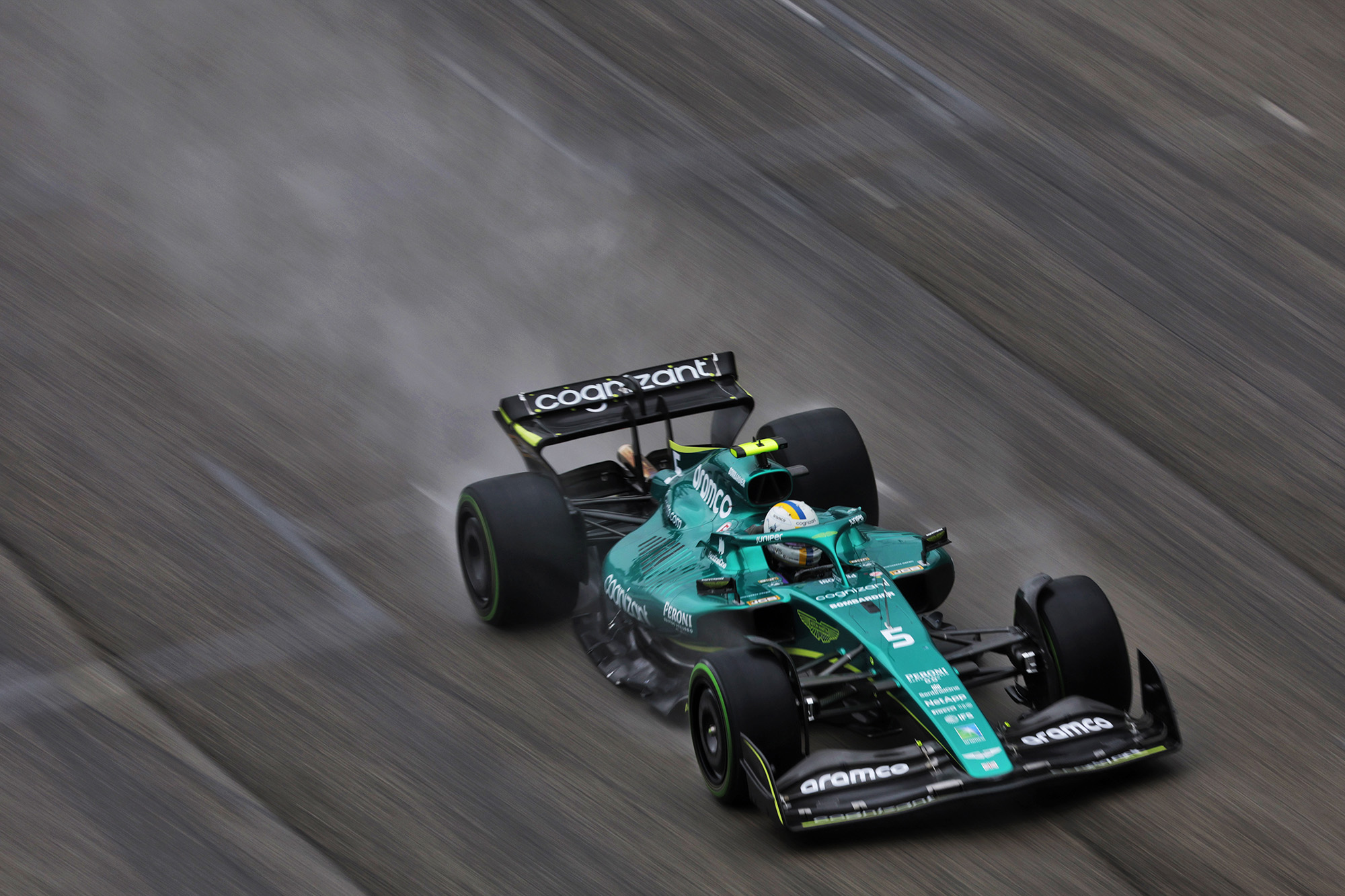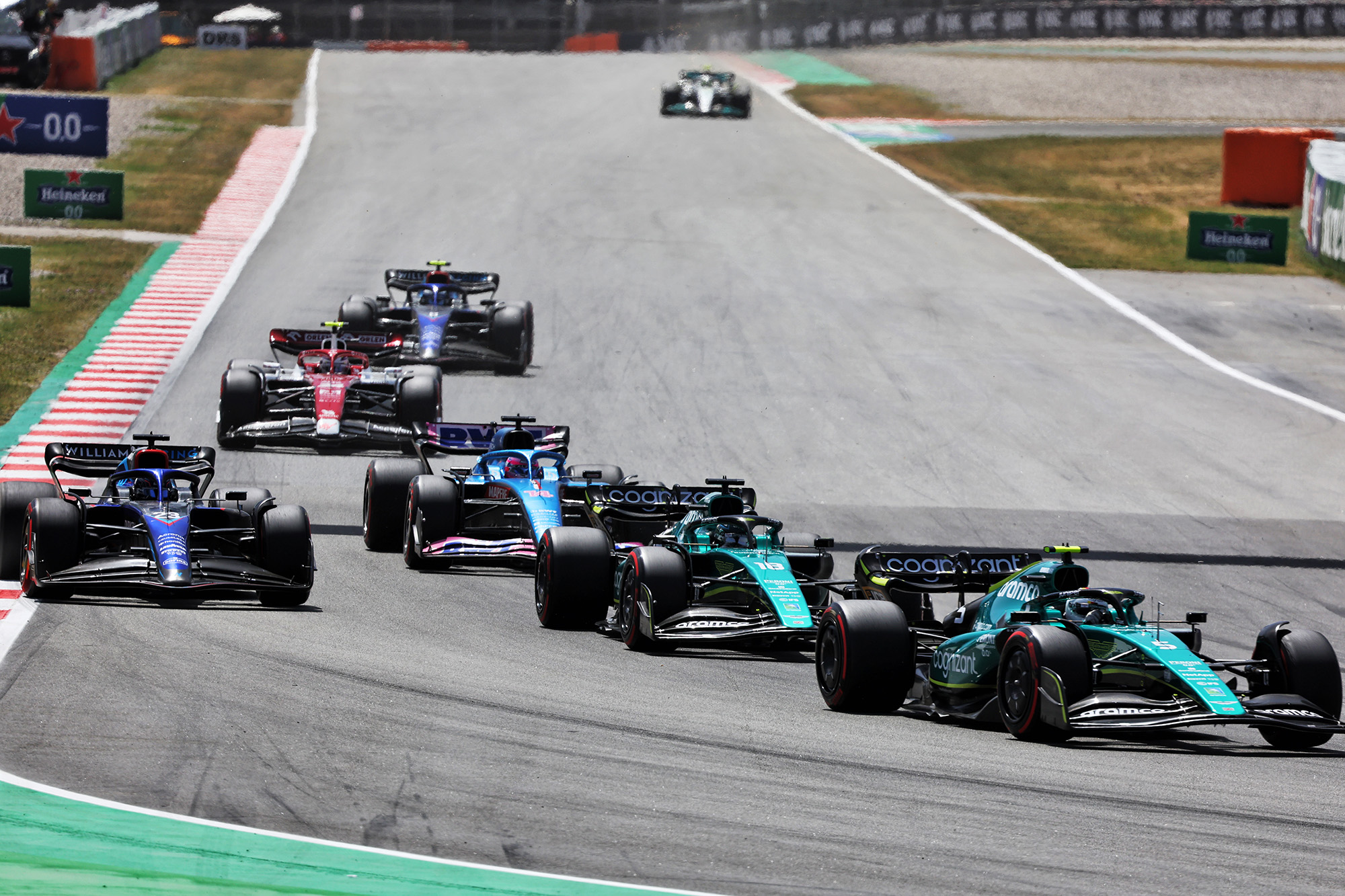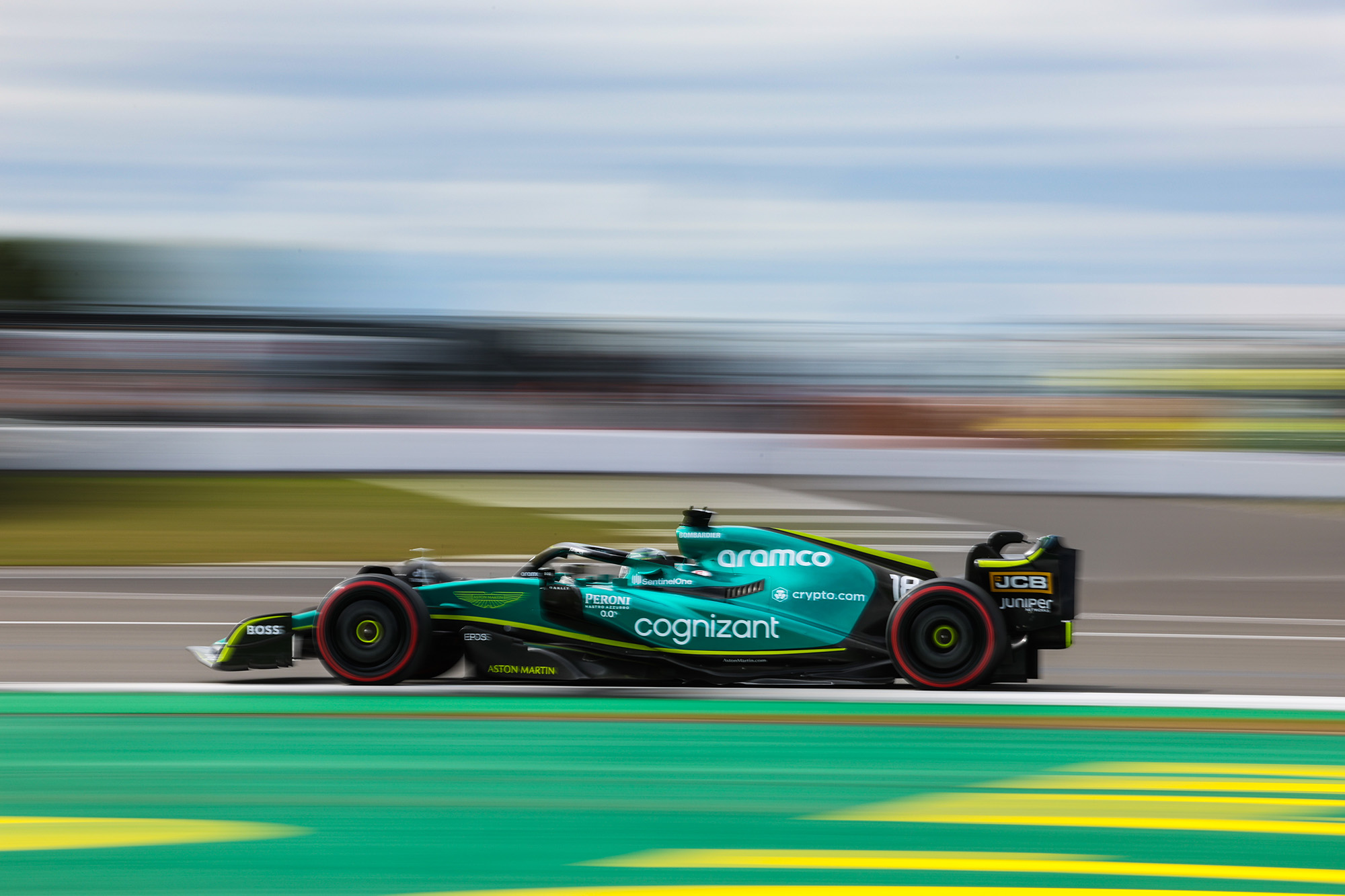Up Next

Aston Martin’s 2022 Formula 1 season was a down-the-grid echo of Mercedes.
The AMR22 started the year badly-limited by porpoising and bouncing, a step was taken in Spain in May and, after some setbacks, it produced a confidence-boosting end to the campaign that allowed it at least to salvage something from a disappointing season.
Seventh in the constructors’ championship, missing out on sixth to Alfa Romeo based on countback to best result (Valtteri Bottas’s fifth place at Imola versus Aston Martin’s trio of sixths), isn’t much to celebrate.
But while Aston Martin underachieved, there is a bigger picture in the background with a brand-new facility set to be moved into in May 2023 and a state-of-the-art windtunnel that will come into service in 2024. It’s a team in transition.
Chief technical officer Andrew Green concedes having to balance being a rapidly expanding team and tackling the major regulations overhaul was a “contributing factor” to the difficulties Aston Martin faced.
But he feels the fundamental mistake was choosing the wrong initial concept for the car prior to the major overhaul for the sixth race of the season at Barcelona. By then, it was too late to transform the team’s 2022 destiny.
“Ultimately, we went down the wrong path with the initial concept,” Green told The Race.
“Our tools definitely misled us and we did well to recover and change direction, but it was very late. And when you’re in a cost cap, you can’t just keep developing. You have a couple of shots at it and that’s it. That’s where we got to.”
Like the Mercedes, the Aston Martin was optimised to produce impressive downforce figures at low ride heights that were not consistently attainable in the real world. Early on, the team felt that there was more than half-a-second of pace being sacrificed to containing the porpoising, which was vigorous enough to cause significant floor damage.
This predicament – arguably a worse situation than even Mercedes’ – was down to the various simulation tools being utilised during the design and development phase painting a misleading picture. That led to significant work focused on improving them as the season progressed, which should avoid a repeat in future. But fundamentally, it resulted from the same problem everyone experienced to a greater or lesser extent: the unexpected ease with which porpoising was triggered.
“The tools were telling us that there were no issues with running the car down low in ground effect and it wasn’t showing any instabilities down there,” said Green. “The reality was very, very different.

“We knew we were a long way away from what the tools were telling us in that first shakedown at Silverstone. And we persevered for a couple of months to see whether we could make any dent in it really.
“And it was just so fundamental in the design of the car that there was no option but to have another stab at it.”
During the early stages of the season, the Aston Martin was a prime candidate for Q1 elimination with usually the ninth-fastest car in dry conditions. In fact, it ended the season quicker only than Williams in the rankings, although its overhauled car was better than that in the closing stages of the year.

There were occasional high points during this phase of the campaign. At Imola, Sebastian Vettel produced an inspired weekend, making Q3 in the wet and finishing the grand prix eighth, backed up by team-mate Lance Stroll in 10th. The car was also more competitive on the streets of Miami, where the slower track configuration mitigated its weaknesses. But there, it managed just one point for Stroll’s 10th (he had six of these during the season).
In Spain in May, Aston Martin changed direction with the introduction of its Red Bull-style sidepods. This inevitably stirred up controversy, especially given ex-Red Bull head of aerodynamics Dan Fallows started work as Aston Martin’s technical director. But the FIA checked and cleared the team of copying, with Green stating at the time that there was a dual development programme in place allowing it to switch to the revised sidepod concept.
But it was no quick fix. It was an undercooked new car, with Green saying it in some way fell short even of being a launch-spec machine in terms of development. What’s more, it was developed using the same flawed tools that had produced the porpoising problem in the first place.
“At that time, we didn’t know a lot more than we did at the beginning of the season,” said Green. “All we knew at the time was that we’ve gone in the wrong direction. We didn’t really have a good understanding of what the right direction was, or what a good car should really look like.
“The race-six car was incredibly underdeveloped. I wouldn’t have even classified it as a launch-spec car, it was lower than that.”

The car showed promising signs, but it didn’t mean an instant turnaround in form. Another upgrade followed for the 10th race of the season at Silverstone, which was the last major upgrade – although there were parts regularly added in the second half of the season.
These included the innovative rear wing endplate design introduced in Hungary. The 2022 regulations were conceived effectively to eliminate endplates, but an inspired piece of thinking allowed Aston Martin to bring back the endplates thanks to a clever – but entirely legal – interpretation of the regulations.
It was testament to the qualities of the team and rightly was a source of pride. But given it went against the intent of the regulations, it’s no surprise this concept is outlawed in the ’23 regulations, even if it’s frustrating for the team.
But after the Silverstone upgrade, the focus shifted firmly to 2023 both in terms of R&D work and what new parts were brought to the track.
“That was our first iteration of change to the race-six car,” said Green of the Silverstone upgrade, which included changes to the sidepods, floor, beam wing and rear corner.
“The race-six car was a first stab. You wouldn’t normally have released a car in the way we released it because it needed more development, a lot more development. So it was very immature and the race-10 [upgrade] was just to try and iron out some of those immaturities.

“We found quite quickly that we were quite limited in a lot of errors with that race-six car but by that stage, it was done and the budget was spent and our focus had moved really over to ’23. From that point on, anything we did on the car really always had an eye on the ’23 car.”
Those fundamental changes included compromises in the chassis design that restricted areas Aston Martin would ideally have developed aerodynamically. But these will be areas that are exploited with what should be a significantly improved 2023 car.
As it was, the upgraded AMR22 was at least a little more flexible in terms of ride heights and suspension settings, having had to run at extremes just to keep the car in one piece in the first five events.
“By no means have we fixed the problem but we’ve at least got the car operating in the ride-height range that we can run the car at,” said Green.
“It was still far from optimal but at least available, which we didn’t have at the beginning of the season when we were locked as high as we could. Then, unfortunately, we had to run the car stiff as well. So we really were forced into a corner.
“The race-six car did open that up for us a reasonable chunk and allowed us to be able to run some compliance in the rear suspension. We were still running higher than we wanted to but we were a lot better. And it gave the drivers more feel and then with that feel came more confidence.”
That increased confidence was much needed. The car proved tricky when right on the edge, which contributed to the trend for Aston Martin to perform better on race day than over a single lap.
The evolution of the car did improve this and, along with the change in concept, played a part in the better qualifying performances later in the year. Aston Martin managed just eight Q3 appearances in 2022, but it became a more credible top-10 threat in the closing stages of the season.
The team’s knack for picking up good results when they were on the table was also a strength.
This was central to it doing what once seemed impossible and coming close to beating Alfa Romeo to sixth place. Given the scoreline was 51-16 in Alfa’s favour after nine grands prix, with a significant performance advantage in the Sauber-run team’s favour, that was some turnaround.
The return of 30 points in the last six races, combined with Alfa Romeo’s astonishingly bad return of just four in the last 13, meant Aston Martin would have taken sixth but for the mistake of putting the rapid Vettel on a one-stopper in the Abu Dhabi finale.
Finishing seventh with a near-miss for sixth is hardly delivering on Lawrence Stroll’s ambitions and this was the second successive disappointing year in a row.
But Aston Martin heads into 2023 having at least showcased the ability to learn from its developmental mistakes and, hopefully, laid the foundations for an improved season next year.
In that regard, it really was the Mercedes of the F1 midfield.







